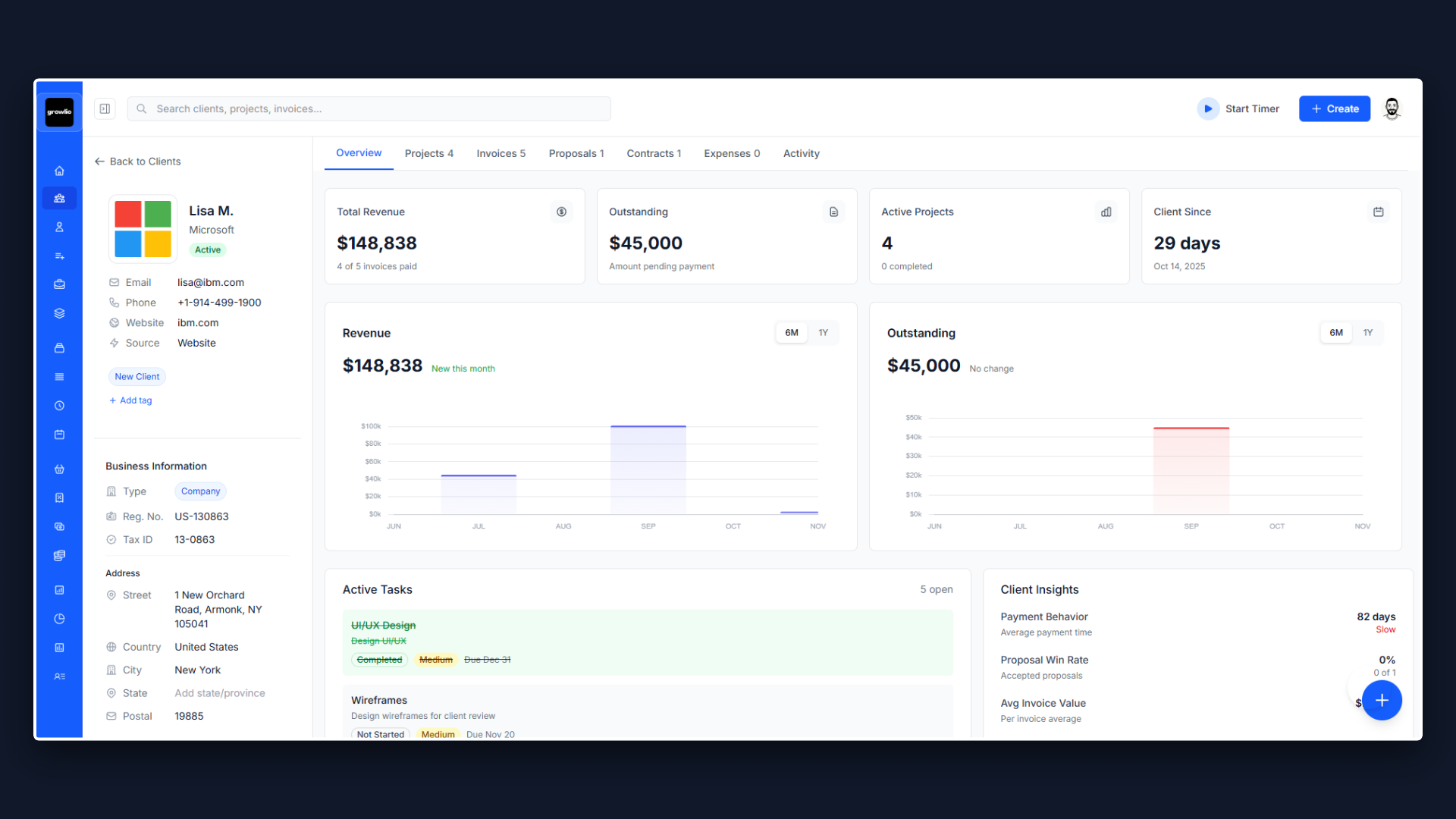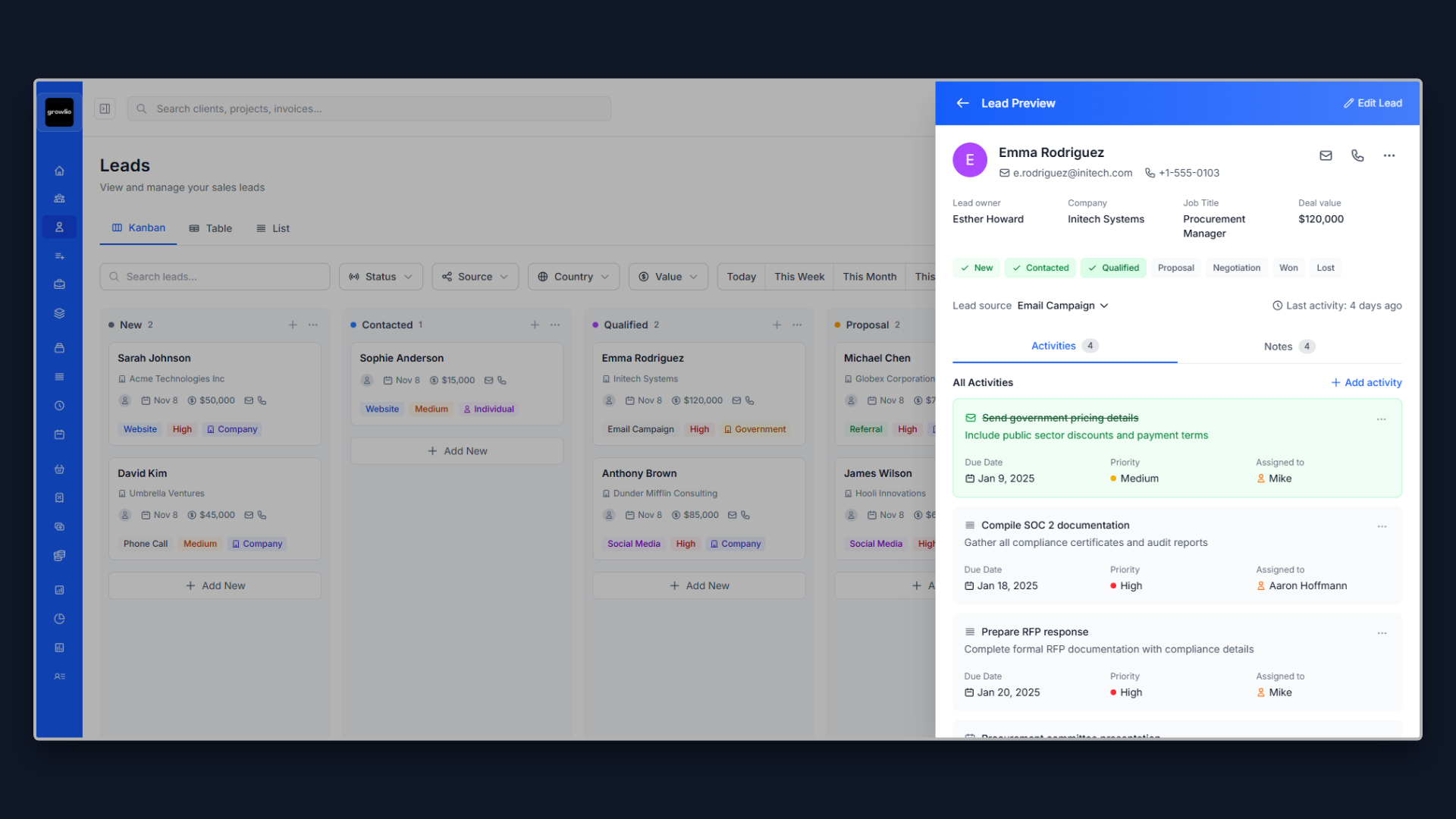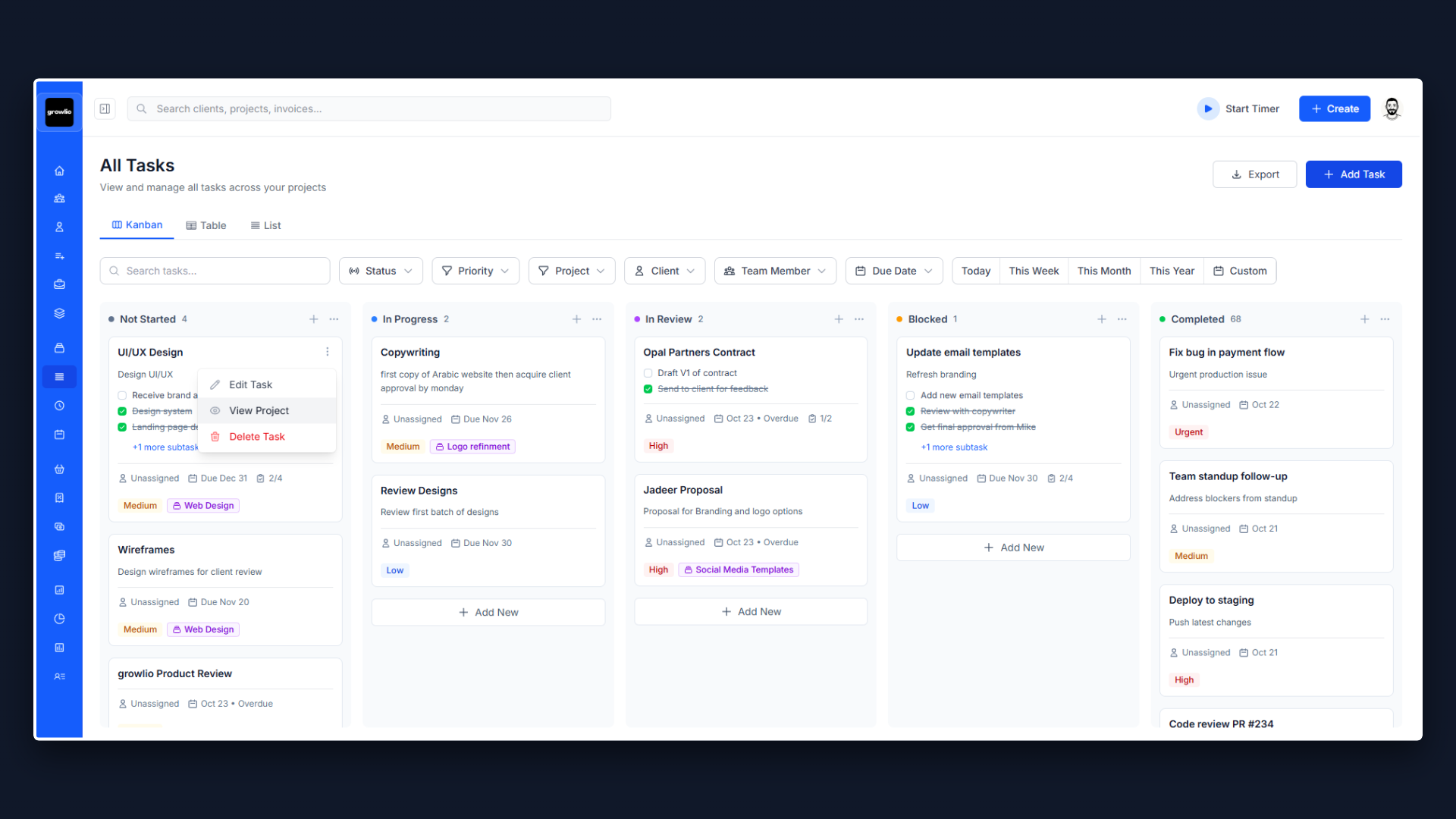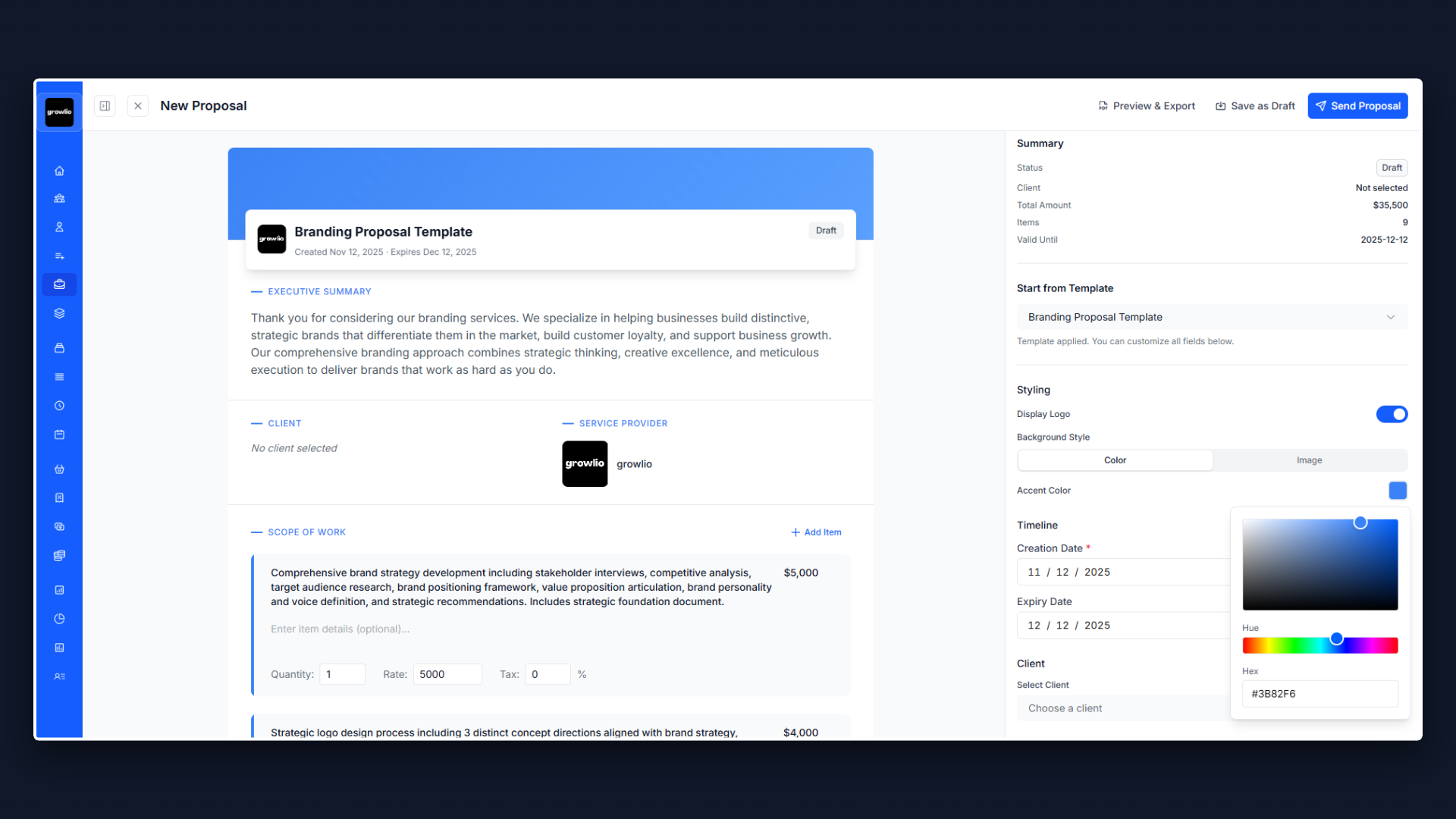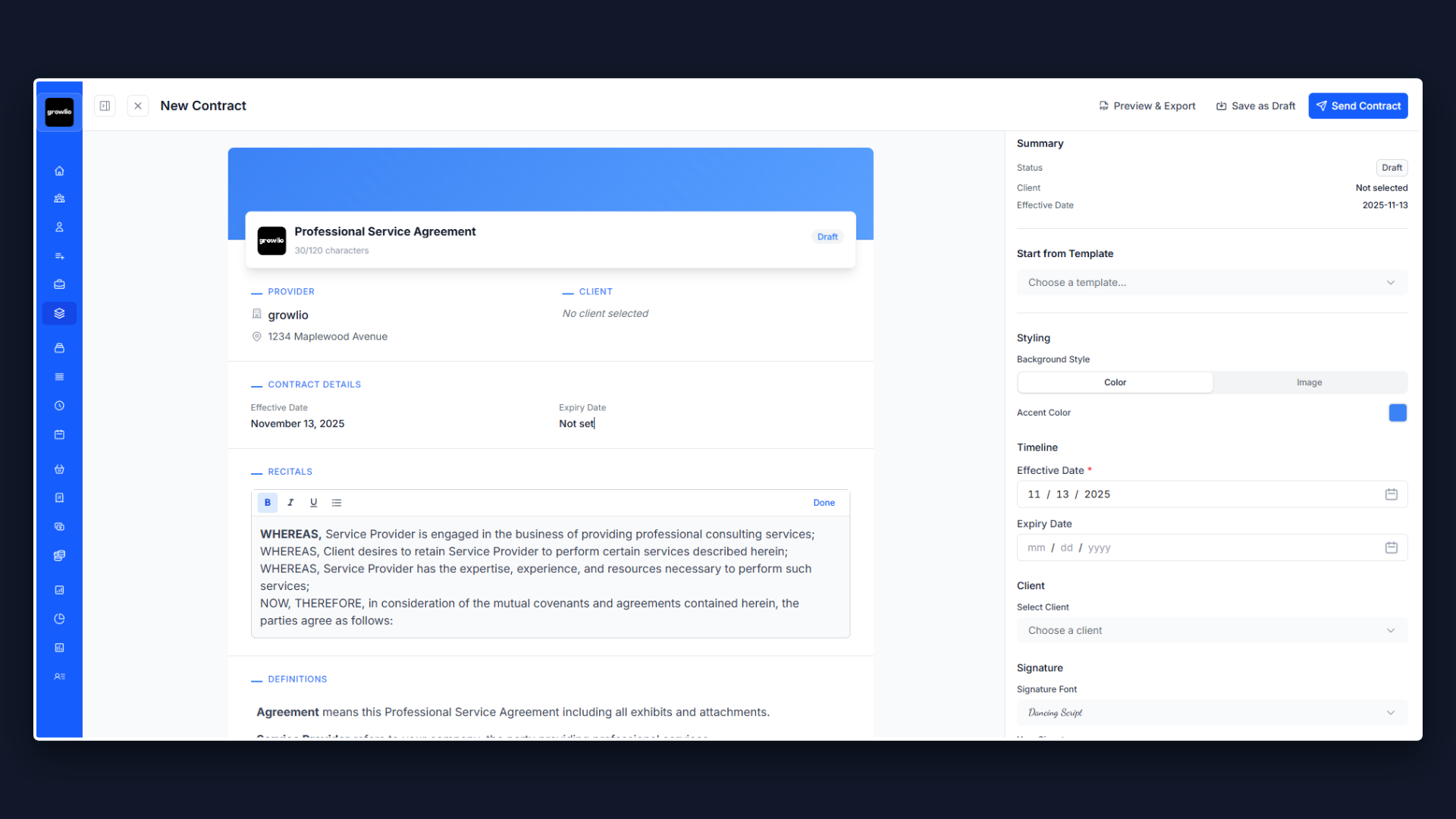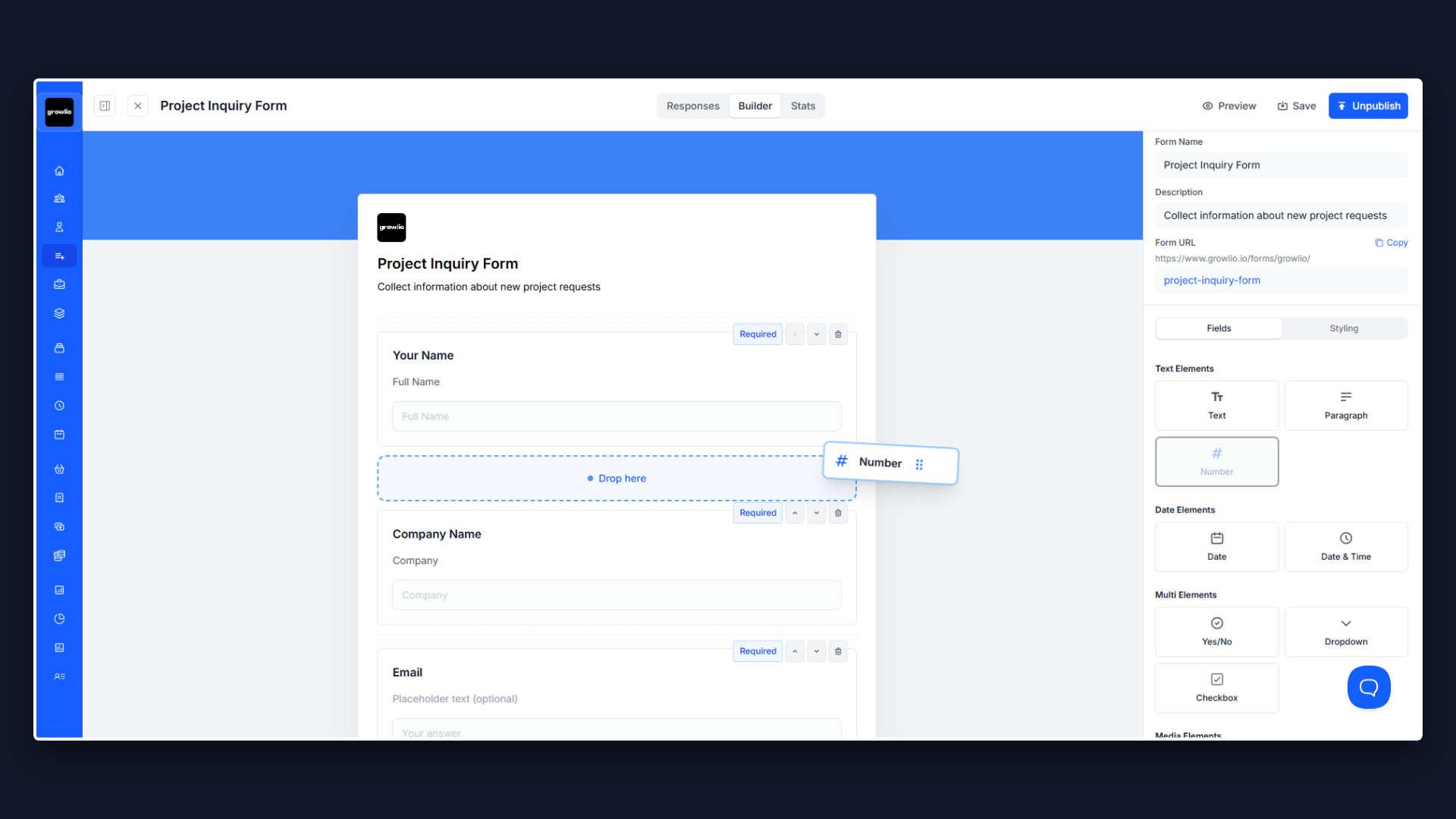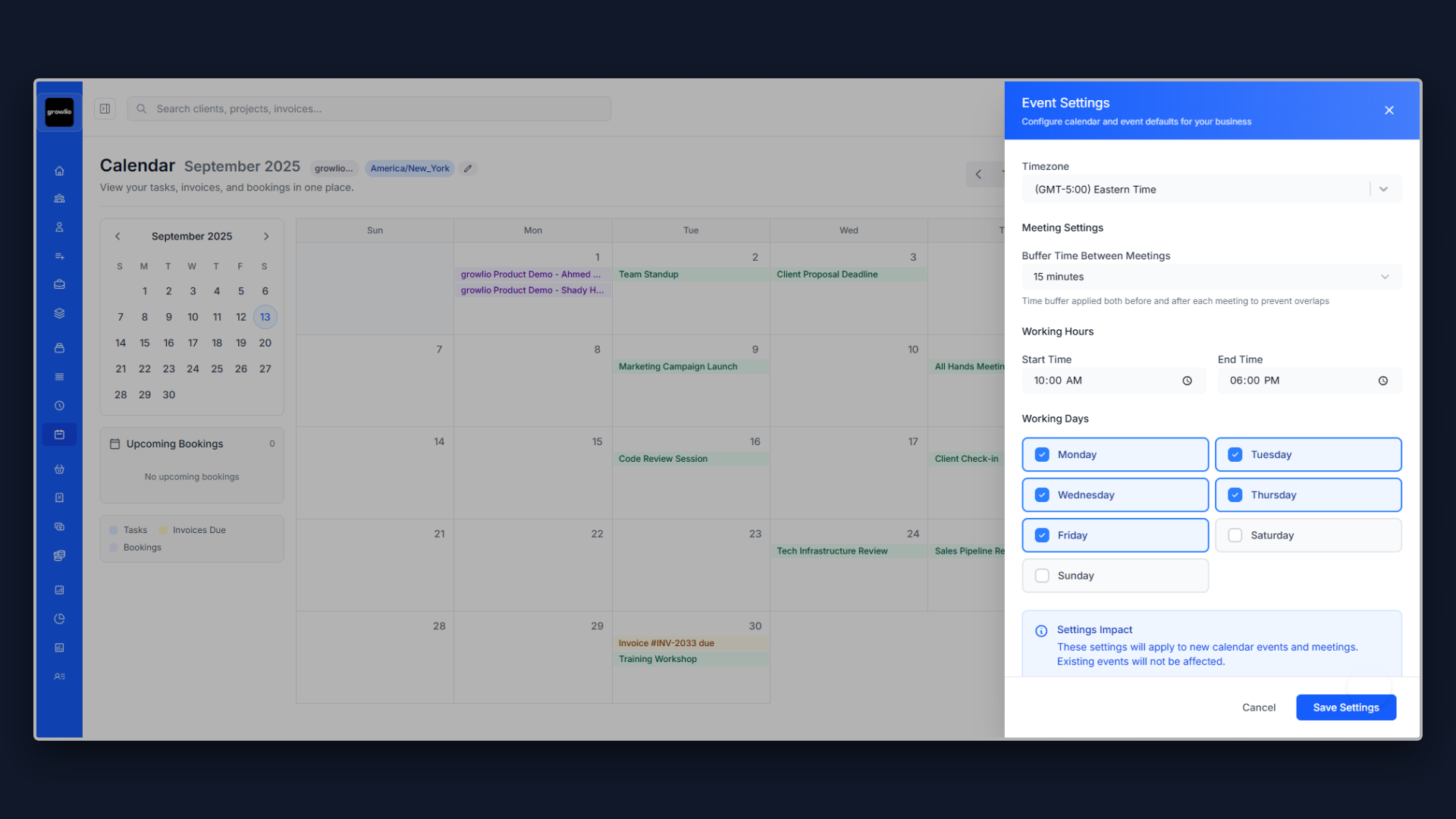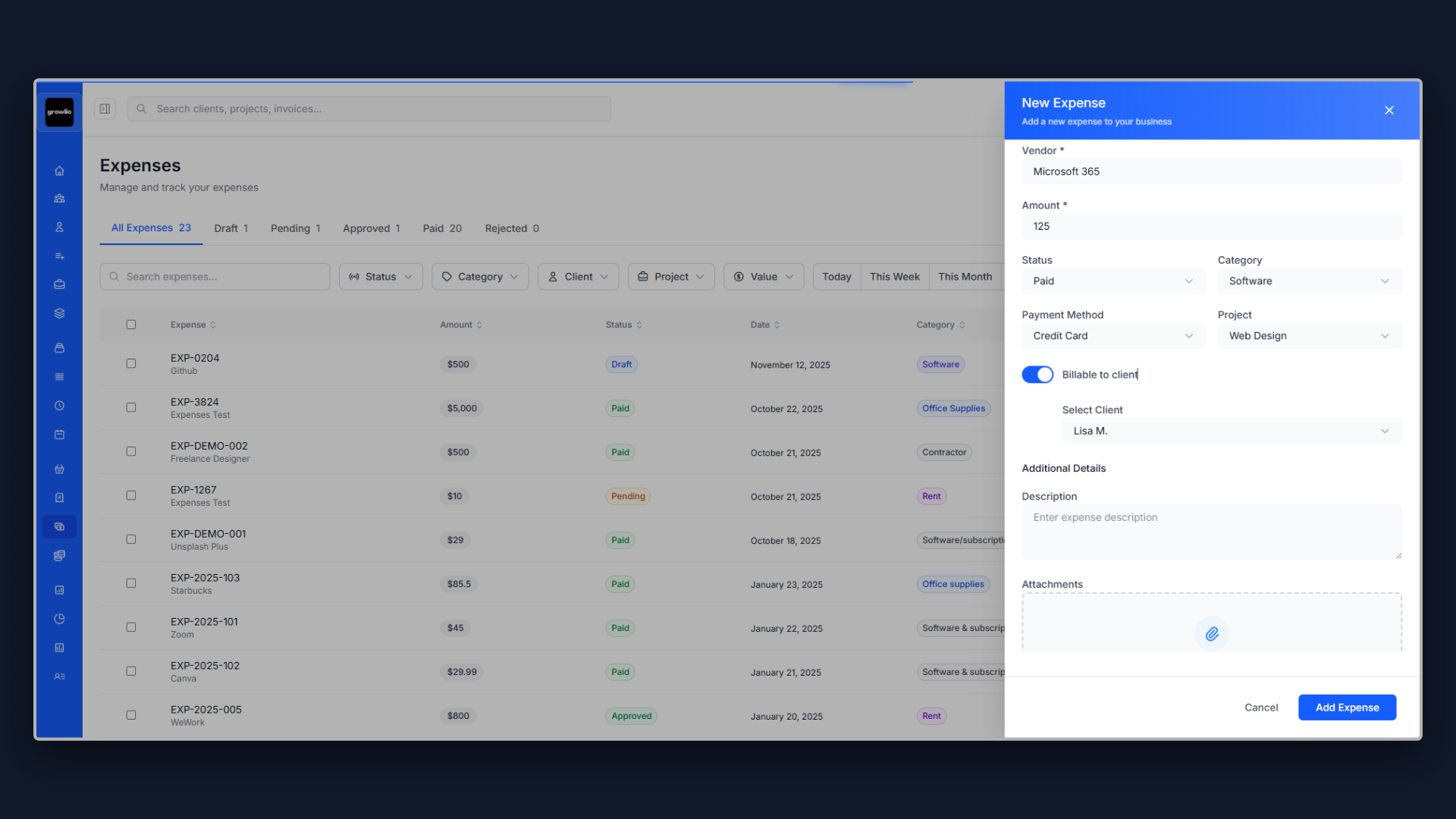Why Your Network Design Proposal Makes or Breaks Your Business
Here is what most network engineers get wrong: they lead with equipment specifications, certification credentials, and vendor partnerships. They talk about Cisco routers, fiber optics, VLANs, and their years of experience before understanding the client's actual business needs, growth plans, or what problems their current network is causing.
The result? Proposals that read like equipment catalogs. Clients cannot differentiate between network providers because everyone lists the same brands, technologies, and certifications. Price becomes the only decision factor. Projects deliver technically sound networks that do not actually solve the business problems. And six months later, the expensive infrastructure cannot scale to meet unexpected growth or lacks critical security features.
A professional network design proposal does something different: it demonstrates you understand that networks exist to enable business operations, not showcase technical sophistication. It educates clients on why proper planning, security design, and scalability matter more than having the fastest equipment. It sets realistic expectations about implementation timelines, potential disruptions, and ongoing maintenance requirements.
This template gives you the exact framework to create proposals that win network design projects at profitable rates while ensuring networks deliver reliability, security, and scalability the business actually needs.
1. Start With Business Requirements, Not Network Equipment
Before discussing switches, routers, or network topology, demonstrate you understand the business operations the network must support. What applications are business-critical? How many users need connectivity? What are the bandwidth requirements? What growth is projected? What are the consequences of downtime? What compliance requirements exist?
Your proposal should show you have analyzed their situation. Address business context: number of locations and connectivity between them, critical applications and their network requirements, remote and mobile worker needs, voice and video conferencing demands, cloud service dependencies, growth projections for users and data, and industry-specific compliance requirements (HIPAA, PCI-DSS, SOX, etc.).
For example: "Our assessment reveals your growing remote workforce (now 40% of staff, projected 60% within 18 months) requires reliable VPN connectivity that your current infrastructure struggles to support. With your SaaS CRM and collaboration tools hosted in cloud, internet connectivity is now business-critical unlike your previous on-premise architecture. Your recent network outage that halted sales operations for 6 hours demonstrates the need for redundancy and failover capabilities."
This approach shows you understand business impact, not just technical specifications.
2. Network Assessment and Current State Analysis
Understanding the current network is essential for successful upgrades or redesigns. Your proposal should position assessment as critical foundation, not optional discovery.
Detail assessment activities: network topology documentation and verification, equipment inventory and end-of-life analysis, bandwidth utilization and capacity analysis, network performance testing and bottleneck identification, security assessment and vulnerability identification, wireless coverage analysis, application traffic analysis, and documentation review of existing configurations.
Explain assessment deliverables: current state network diagram, equipment inventory with age and support status, performance baseline measurements, identified issues and limitations, security gaps and risks, capacity planning analysis, and recommendations for improvements.
Address why assessment matters: designing without understanding current state leads to incompatible solutions, unknown dependencies cause disruptions during implementation, hidden bottlenecks emerge after deployment, security vulnerabilities get carried forward, and missing documentation makes troubleshooting difficult.
Set expectations: assessment may reveal more issues than initially apparent, some problems require immediate attention before major redesign, existing equipment may have different configurations than documented, and thorough assessment prevents expensive surprises during implementation.
3. Network Architecture and Topology Design
Network architecture establishes the foundation for everything else. Your proposal should outline architecture decisions with clear business justification.
Outline architecture approach: network segmentation strategy for security and performance, core-distribution-access layer design for scalability, redundancy and high availability design, traffic flow and routing optimization, VLAN strategy for logical separation, subnet design and IP addressing scheme, and integration with existing systems and cloud services.
Explain topology considerations: star topology for centralized management, mesh topology for redundancy, hybrid topologies balancing cost and reliability, physical versus logical topology, geographic considerations for multi-site connectivity, and future expansion accommodation.
Address architecture decisions: why specific topology fits their needs, how segmentation improves security and performance, how redundancy prevents single points of failure, how design accommodates projected growth, and how architecture integrates with cloud services.
Set expectations: architecture establishes constraints for future changes, some flexibility trades against cost, proper architecture prevents future bottlenecks, and documented architecture enables troubleshooting and modifications.
4. Security Architecture and Threat Protection
Network security is not optional or an add-on. Your proposal must demonstrate security is designed-in from the foundation.
Detail security architecture: perimeter security with next-generation firewalls, network segmentation isolating critical systems, DMZ design for public-facing services, intrusion detection and prevention systems, secure remote access with VPN or zero trust, wireless security with proper authentication, network access control (NAC) for device authentication, and security monitoring and logging.
Explain defense-in-depth approach: multiple security layers providing redundancy, perimeter defense blocking external threats, internal segmentation limiting lateral movement, endpoint security protecting devices, application security protecting services, and monitoring detecting anomalies and breaches.
Address compliance requirements: identifying applicable regulations (HIPAA, PCI-DSS, SOX, GDPR), designing controls to meet compliance, implementing audit logging and reporting, documenting security policies and procedures, and supporting compliance audits.
Set expectations: security adds cost but prevents far more expensive breaches, some security measures impact user convenience requiring balance, security is ongoing process not one-time implementation, threat landscape evolves requiring updates, and compliance drives some security decisions.
5. Scalability and Growth Planning
Networks must accommodate growth without complete redesign. Your proposal should demonstrate forward-thinking capacity planning.
Outline scalability approach: designing for 3-5 year growth projections, modular architecture enabling incremental expansion, capacity planning for bandwidth and users, overprovisioning critical components appropriately, virtualization enabling flexible resource allocation, and documented expansion paths for growth.
Detail capacity considerations: current utilization baseline measurements, projected growth in users and devices, application bandwidth requirements trends, video conferencing and collaboration tool demands, cloud migration impact on internet connectivity, and IoT device proliferation planning.
Address scalability tradeoffs: overbuilding wastes budget on unused capacity, underbuilding requires expensive upgrades soon, modular design costs more initially but scales efficiently, and proper planning prevents forklift upgrades.
Set expectations: growth projections may prove inaccurate requiring adjustments, technology evolution may enable better scaling approaches, some scalability requires recurring costs (licensing, bandwidth), and planning for growth is cheaper than reacting to constraints.
6. Redundancy, High Availability, and Disaster Recovery
Downtime costs businesses revenue and reputation. Your proposal should address availability and disaster recovery based on business requirements.
Detail redundancy approach: redundant internet connections from diverse providers, redundant core switches and routers, redundant power supplies and UPS backup, redundant links eliminating single points of failure, automatic failover mechanisms, and geographic redundancy for distributed organizations.
Explain availability design: defining availability requirements (99.9%, 99.99%, 99.999%), calculating allowable downtime based on SLA, designing redundancy to meet availability targets, rapid failover capabilities, and monitoring to detect failures quickly.
Address disaster recovery: backup and restore procedures for configurations, spare equipment strategy for critical components, vendor support contracts with SLA guarantees, disaster recovery site connectivity if applicable, and disaster recovery testing procedures.
Set expectations: higher availability increases cost exponentially, downtime risk versus redundancy cost requires business decision, perfect availability is impossible requiring realistic targets, regular testing validates recovery procedures, and maintenance windows still require planned downtime.
7. Wireless Network Design and Coverage
Wireless connectivity is now essential, not supplementary. Your proposal should address wireless as critical infrastructure requiring proper design.
Outline wireless design approach: site survey for coverage and interference analysis, access point placement for coverage and capacity, channel planning to minimize interference, controller-based versus cloud-managed architecture, guest network isolation, roaming support for seamless handoff, and capacity planning for density.
Detail wireless considerations: building materials affecting signal propagation, interference sources (microwaves, neighboring networks), supporting various device types (laptops, phones, tablets, IoT), high-density environments (conference rooms, auditoriums), outdoor coverage requirements, and spectrum selection (2.4GHz versus 5GHz versus 6GHz).
Address wireless security: WPA3 encryption, 802.1X authentication for enterprise security, guest network isolation and captive portal, rogue access point detection, and monitoring for security threats.
Set expectations: wireless performance varies by environment and devices, site survey reveals challenges not apparent initially, user density affects coverage planning, wireless standards evolve requiring future upgrades, and proper wireless design requires specialized expertise.
8. Network Management and Monitoring
You cannot manage what you cannot see. Your proposal should outline comprehensive monitoring and management approach.
Detail monitoring strategy: network performance monitoring (bandwidth, latency, packet loss), device health monitoring (CPU, memory, temperature), uptime monitoring and alerting, traffic analysis and anomaly detection, security event monitoring, application performance monitoring, and wireless network monitoring.
Explain management capabilities: centralized management platform, configuration management and version control, automated backup of configurations, network discovery and mapping, remote management capabilities, and change management procedures.
Address monitoring tools: network management system (NMS) selection, SNMP monitoring for device health, NetFlow or sFlow for traffic analysis, syslog aggregation for event correlation, alerting and notification systems, and dashboard and reporting capabilities.
Set expectations: monitoring requires ongoing attention not set-and-forget, alert tuning prevents alarm fatigue, proper monitoring enables proactive problem resolution, monitoring data supports capacity planning, and effective monitoring requires investment in tools and training.
9. Quality of Service and Traffic Prioritization
Not all network traffic is equally important. Your proposal should address QoS strategy for business-critical applications.
Outline QoS approach: identifying latency-sensitive applications (voice, video), bandwidth-intensive applications requiring management, business-critical versus best-effort traffic classification, QoS policy design and traffic shaping, end-to-end QoS from access to WAN, and monitoring QoS effectiveness.
Detail QoS implementation: marking and classification of traffic types, queuing strategies for priority traffic, bandwidth allocation and guarantees, policing and shaping for rate limiting, and testing QoS under various conditions.
Address QoS challenges: QoS only works when network is congested, over-provisioning reduces QoS importance, end-to-end QoS requires cooperation across network, application marking may be incorrect or missing, and QoS configuration complexity requiring expertise.
Set expectations: QoS does not create bandwidth but prioritizes existing capacity, improperly configured QoS causes more problems than it solves, QoS policies require ongoing tuning, and QoS monitoring validates effectiveness.
10. Implementation Planning and Migration Strategy
Implementation can disrupt operations if not carefully planned. Your proposal should outline detailed migration approach minimizing downtime.
Detail implementation approach: phased implementation versus cutover, parallel running during transition if feasible, implementation during maintenance windows, rollback plan if issues occur, testing procedures before production cutover, and stakeholder communication plan.
Explain migration strategy: building new infrastructure alongside existing when possible, migrating users or locations in waves, keeping old infrastructure available as fallback, extensive testing before switching production traffic, and lessons learned feeding subsequent phases.
Address risk mitigation: identifying critical systems requiring special care, testing migration procedures in lab environment, having rollback procedures documented and tested, vendor support on standby during cutover, and communication plan for users and stakeholders.
Set expectations: some disruption is inevitable even with careful planning, unexpected issues will occur requiring flexibility, migration takes longer than anticipated typically, extensive testing prevents more serious production issues, and having contingency plans is essential.
11. Documentation and Knowledge Transfer
Proper documentation enables ongoing operation and troubleshooting. Your proposal should outline comprehensive documentation deliverables.
Detail documentation deliverables: network topology diagrams (physical and logical), equipment inventory and configuration documentation, IP addressing and VLAN documentation, security policies and access control lists, wireless network configuration and coverage maps, monitoring and alerting configuration, vendor contact information and support contracts, and change management procedures.
Explain documentation standards: using standard symbols and conventions, keeping documentation current with changes, organizing documentation for easy reference, documenting design decisions and rationale, and version control for documentation updates.
Address knowledge transfer: training sessions for IT staff on new infrastructure, documenting operational procedures and runbooks, creating troubleshooting guides for common issues, explaining architectural decisions and design intent, and providing ongoing consultation during stabilization period.
Set expectations: documentation requires time investment often underestimated, documentation maintenance is ongoing responsibility, undocumented networks become difficult to manage, good documentation reduces mean time to repair, and knowledge transfer is gradual process.
12. Ongoing Support, Maintenance, and Optimization
Networks require continuous attention. Your proposal should address post-implementation support clearly.
Discuss maintenance requirements: firmware and security updates, configuration changes for business needs, performance monitoring and optimization, security patching and vulnerability management, capacity monitoring and expansion planning, hardware refresh as equipment ages, and vendor support contract management.
Outline support options: warranty period for implementation issues (typically 30-90 days), monthly retainer for ongoing management and support, hourly on-demand support for occasional needs, co-managed model sharing responsibility, and fully managed service where you handle everything.
Address optimization activities: performance analysis and tuning, configuration optimization based on usage patterns, security posture assessment and improvements, capacity planning for growth, and technology refresh planning.
Set expectations: networks require ongoing investment not one-time cost, regular maintenance prevents more expensive problems, technology evolves requiring periodic upgrades, security threats emerge requiring vigilance, and proper support prevents business disruption.
Position yourself as long-term network partner, not just implementation vendor.
